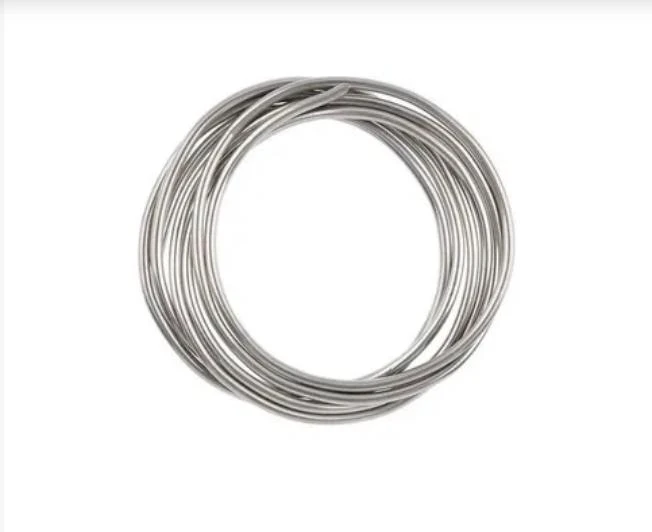-
 Phone:
Phone: -
 Email:
Email:

Designing Innovative Mesh Rock Retaining Walls for Enhanced Stability and Aesthetics
Mesh Rock Retaining Walls A Sustainable Solution for Soil Erosion Control
In the field of civil engineering and landscape construction, retaining walls serve a critical purpose in managing the challenges presented by uneven terrain and soil erosion. Among the various types of retaining walls, mesh rock retaining walls have gained popularity due to their unique design and environmental benefits. This article explores the advantages, construction methods, applications, and considerations associated with mesh rock retaining walls.
What is a Mesh Rock Retaining Wall?
A mesh rock retaining wall is a type of structure made from a framework of wire mesh filled with rocks or other similar materials. This design allows for a flexible and aesthetically pleasing solution to hold back soil and prevent erosion. Unlike traditional concrete walls, mesh rock walls blend seamlessly with the natural environment, making them a favored choice for landscaping in both urban and rural settings.
Advantages of Mesh Rock Retaining Walls
1. Environmental Integration The natural appearance of mesh rock retaining walls allows them to fit harmoniously into various landscapes. They can be designed to support vegetation growth, which can further enhance their integration with the environment.
2. Flexibility and Adaptability Mesh rock walls can be constructed in various shapes and sizes, making them adaptable to different geographical features and landscaping needs. This flexibility is particularly beneficial in areas with varying soil conditions.
3. Erosion Control These walls effectively prevent soil erosion by stabilizing slopes and managing water runoff. The porous nature of the mesh allows for drainage, reducing the pressure on the wall and minimizing the risk of failure.
4. Cost-Effectiveness Constructing a mesh rock retaining wall can be more economical than traditional concrete walls, especially when locally sourced materials are used. This cost-efficiency makes them accessible for many projects, from residential to larger commercial developments.
5. Ease of Construction The construction of mesh rock retaining walls typically requires fewer resources and less time compared to heavier structures. This simplicity not only reduces labor costs but also minimizes disruption to the surrounding area during construction.
Construction Methods
Building a mesh rock retaining wall involves several steps
mesh rock retaining wall

1. Site Preparation The area where the wall is to be installed must be cleared and graded. Proper drainage must be planned to ensure the longevity of the wall.
2. Foundation A stable foundation is crucial. Depending on the height and load of the wall, a trench may need to be excavated.
3. Mesh Installation Wire mesh panels are placed according to the design specifications. These panels serve as the structural framework for holding the rocks in place.
4. Rock Filling The mesh is then filled with rocks, which can be selected based on aesthetic preferences or specific engineering requirements.
5. Finishing Touches After the wall is constructed, additional landscaping can be performed, such as planting vegetation or adding decorative elements.
Applications
Mesh rock retaining walls are not limited to residential landscaping; they are also suitable for commercial properties, highways, and public parks. Their ability to manage slopes and absorb water runoff makes them ideal for locations prone to heavy rainfall or soil erosion. Additionally, they can serve as privacy screens or aesthetic features in garden designs.
Considerations
While mesh rock retaining walls offer numerous advantages, it is essential to consider potential challenges. For instance, the choice of rock and mesh must align with local climate conditions and soil types. Additionally, these walls require regular maintenance to ensure the integrity of the structure and the effectiveness of erosion control.
Conclusion
In summary, mesh rock retaining walls provide a sustainable and visually appealing solution for managing soil erosion and enhancing landscape design. With their flexibility, cost-effectiveness, and ability to integrate with the environment, they are an exemplary choice for various construction projects. As the demand for eco-friendly solutions grows, mesh rock retaining walls are poised to play an increasingly important role in future landscaping and civil engineering endeavors.
-
Wire Mesh for Every Need: A Practical SolutionNewsJul.25,2025
-
Steel Fences: Durable, Secure, and Stylish OptionsNewsJul.25,2025
-
Roll Top Fencing: A Smart Solution for Safety and SecurityNewsJul.25,2025
-
Cattle Farm Fencing Solutions for Maximum SecurityNewsJul.25,2025
-
Affordable Iron Binding Wire SolutionsNewsJul.25,2025
-
Affordable Galvanized Wire SolutionsNewsJul.25,2025
-
Wire Hanger Recycling IdeasNewsJul.25,2025








